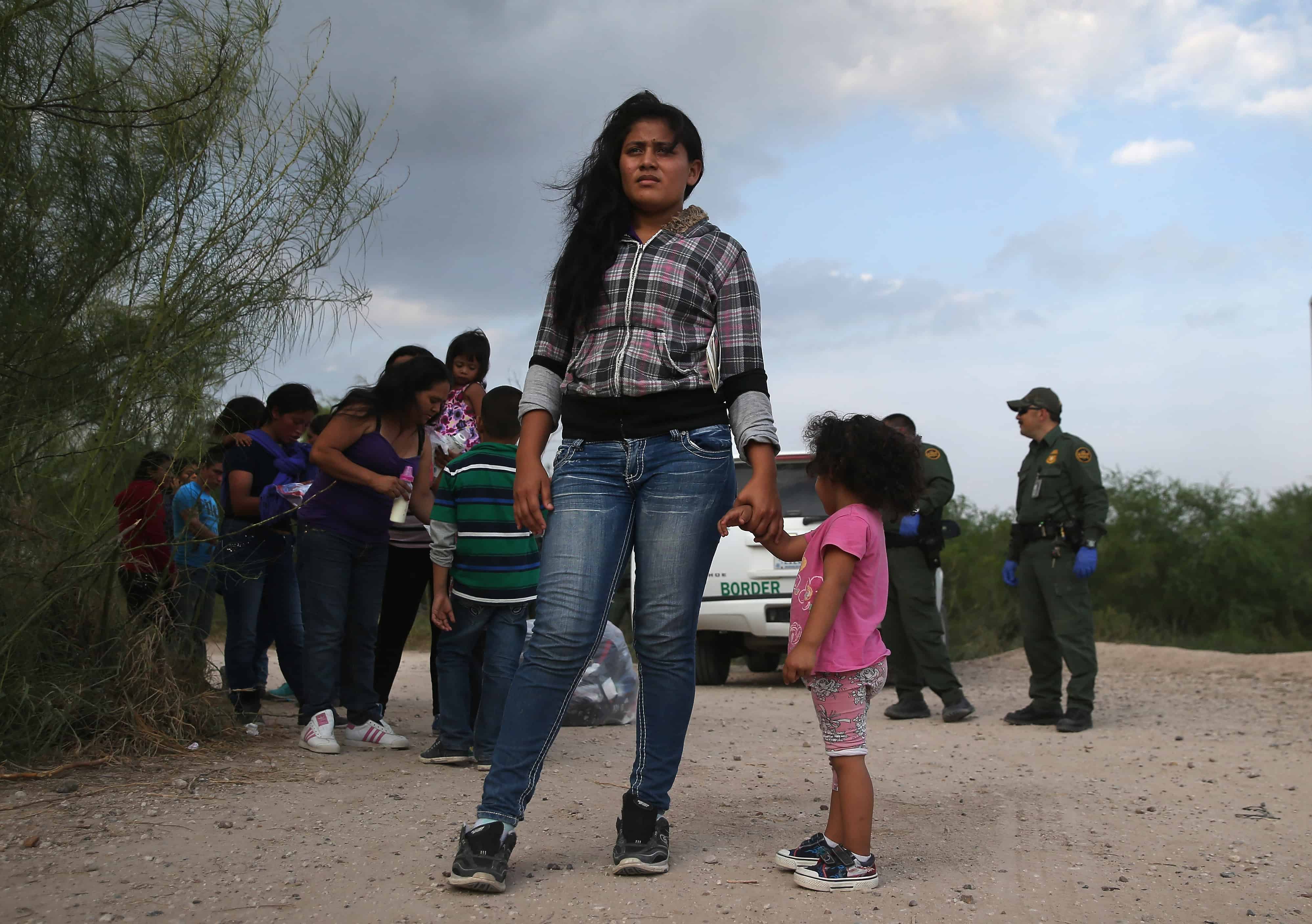More and more women are migrating in Latin America in search of job opportunities, now making up 40% of the total, in an increasing trend, indicated the International Labor Organization (ILO) this Wednesday.
“This evidences the feminization of migration,” said Ana Virginia Moreira, the ILO regional director for Latin America and the Caribbean, during the presentation of a new regional strategy until 2030.
These migrant women are “increasingly traveling alone and not as part of a family group,” Moreira commented, so the ILO indicated that they require “differentiated responses.”
“They really have a double vulnerability as women and as migrants,” added Francesco Carella, the ILO regional migration specialist. While migrating, women “are victims of violence and harassment,” explained Carella, and at their destination, they are “also victims of hypersexualization,” he added.
Additionally, there is an “overload of responsibility” on women for unpaid domestic and care work when they migrate with their families. The lack of resources generally causes the family unit to prioritize the regularization of the man’s migration status in the destination country, leaving women in informality.
“The migration experience reinforces the traditional sexual division of labor,” said Carella. The ILO mentioned the example of Venezuelan migrant women, who make up more than 50% of the over 6.5 million people who left the country, often with higher qualifications than men but with fewer job opportunities in the destination countries.
“They work in jobs for which they are overqualified,” Carella indicated. During the presentation of the strategy, it was also highlighted that a migrant person “is three times more at risk of being a victim of forced labor than a non-migrant person,” Moreira clarified.
According to the ILO, illegal profits from forced labor of migrants worldwide amount to $37 billion, with $27.2 billion coming from forced commercial sexual exploitation, to which women and girls are more exposed.
A recent report published by Doctors Without Borders warned that in the passage of migrants through the Darién jungle, which separates Colombia and Panama and through which more than half a million people passed in 2023, there has been an increase in sexual assaults on migrants.






